The eastern India state of Odisha, stretching for more than 300 miles along the Bay of Bengal, bristles with architectural and cultural gems.
Tropical, remote and home to some of the subcontinent’s most striking temples, much of the state was off-limits to foreign travel for some years because of Maoist unrest but reopened in 2016.
Vast tracts of Odisha still never see any foreign visitors and even the state’s main destinations remain refreshingly untouched by mass tourism.
“People who come to Odisha are usually return visitors to India; they have ticked off the Kerala backwaters and the Taj Mahal,” says Claire Prest of Grassroutes Journeys, a travel agency specializing in tailor-made trips around the state that she runs with her husband Pulak Mohanty.
“They are fairly independent-minded travelers who want to visit villages and meet indigenous people. They want a more earthy experience than at the usual sites.”
In addition to a spectacular UNESCO World Heritage Site, it’s home to more than 60 ethnic minorities, hosts one of India’s most colorful festivals and offers some interesting accommodation.
Outdoors

Puri Beach is the state’s most popular beach, busy with local tourists and lined with countless hotels.
A short section of this public beach has been named Model Beach and is kept in pristine condition.
North of Puri towards Konarak, the beaches are picturesque, clean and empty but the waves rolling in from the Bay of Bengal are formidable.
Chilika Lake is the largest brackish water lake in Asia and an internationally recognized wetland because of its unique biodiversity.
The lake is home to around 150 Irrawaddy dolphins and countless bird species including many migratory birds that come from as far away as Siberia to breed around the water.
“A boat cruise with a high likelihood of seeing the dolphins and a visit to an island village with a fresh seafood lunch and a comfortable overnight camping stay is the way to go,” says Mohanty.
Bhitarkanika National Park, India’s second-largest mangrove forest after the Sundarbans, in the far north of Odisha, offers amazing bird life, especially in winter.
The nearby 19th-century Auli Palace offers heritage homestay accommodation near the park.
“The park is best accessed by boat,” says Prest. “There’s a good chance to see crocodiles.”
Cultural highlights
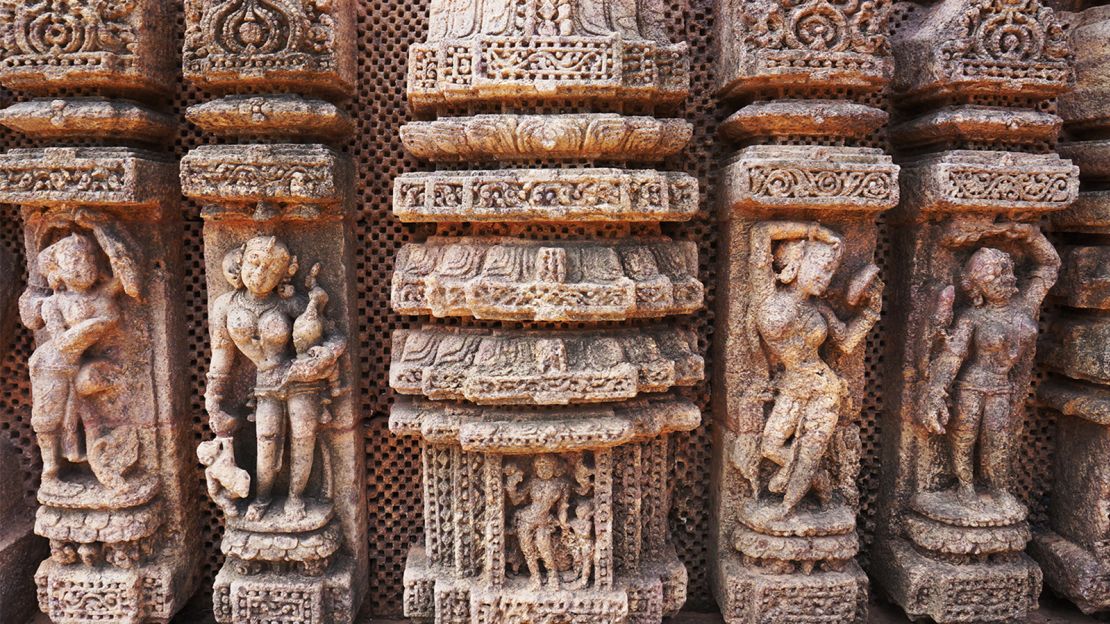
Konark, the 13th-century Sun Temple, is a UNESCO World Heritage Site famed for its erotic carvings and one of India’s architectural highlights.
Shaped like a giant chariot on 12 sets of wheels, it’s designed to carry the sun god Surya across the sky.
The sheer number of detailed and beautifully rendered statues in the temple’s walls range from animals to gods, kings and ordinary humans.
The visual highlights are the passionate embraces of voluptuous couples, even as many of their exploits go beyond what polite society may define as appropriate.
Bhubaneshwar’s old quarter boasts a number of exquisite temples dating from the 6th to 14th century.
The entire evolution of Orissa’s spectacular Hindu temple architecture resides amidst the hustle and bustle of a typical Indian town.
Some temples remain active while others reside as well-restored monuments in manicured gardens.
The impressive 11th-century Lingaraj temple complex may not be open to non-Hindus but the huge pond and surrounding streets it borders conveys a great sense of the interplay between the religious and the secular in today’s India.
The much smaller 10th-century Mukteshvara Temple features sublime carvings of female dancers and elephants.
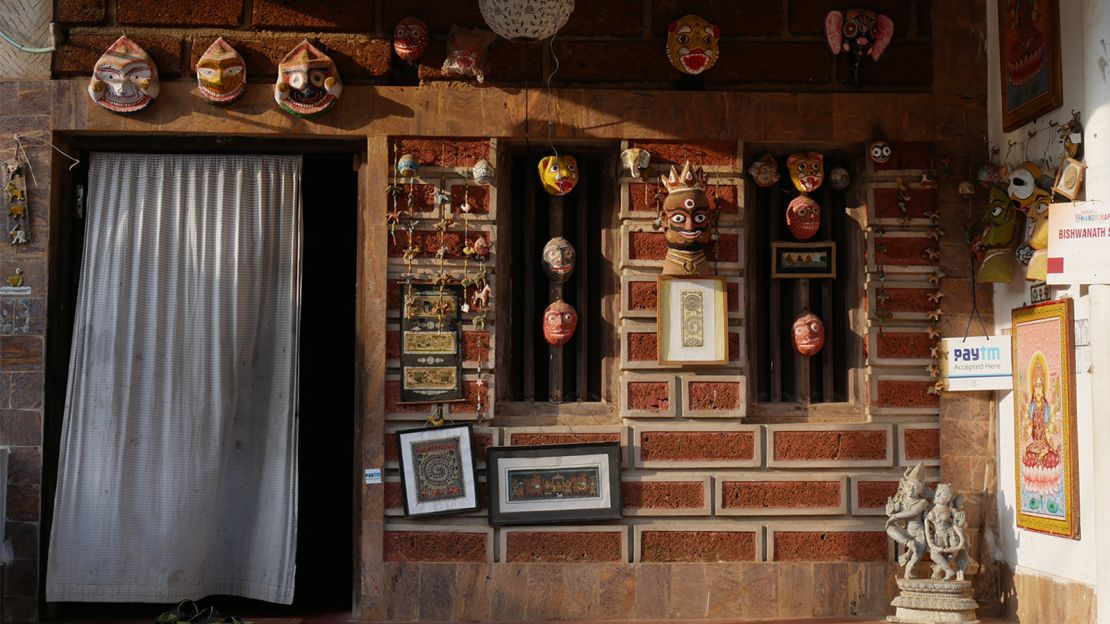
For centuries, the picturesque and ramshackle village of Raghurajpur, nestled amidst coconut groves and betel leaf plantations, provided art work for the Jagannath temple in the pilgrimage town of Puri, 12 kilometers away.
Since 2000, the village has been receiving government support to continue producing the region’s rich artistic traditions.
Many of the village’s 120 tiny houses are home to artists who fastidiously produce artifacts ranging from cheap wooden representations of local deities to intricate paintings of scenes from Hindu mythology on silk and palm leaf in the local Pattachitra style.
Foreign visitors are most likely to encounter Odisha’s ethnic minorities in the hilly southwest.
Even as mining operations and missionaries are making inroads, many Adivasi continue to mix hunter-gatherer and agricultural pursuits to pursue a lifestyle quite distinct from India’s dominant culture.
Some women still wear face tattoos and several tribal markets make for vibrant local events.
“Restrictions on visiting indigenous people only lifted in 2016, so some local advice on cultural sensitivity and prior planning is essential to have a rewarding experience in these quite remote regions,” adds Prest.
Festivals
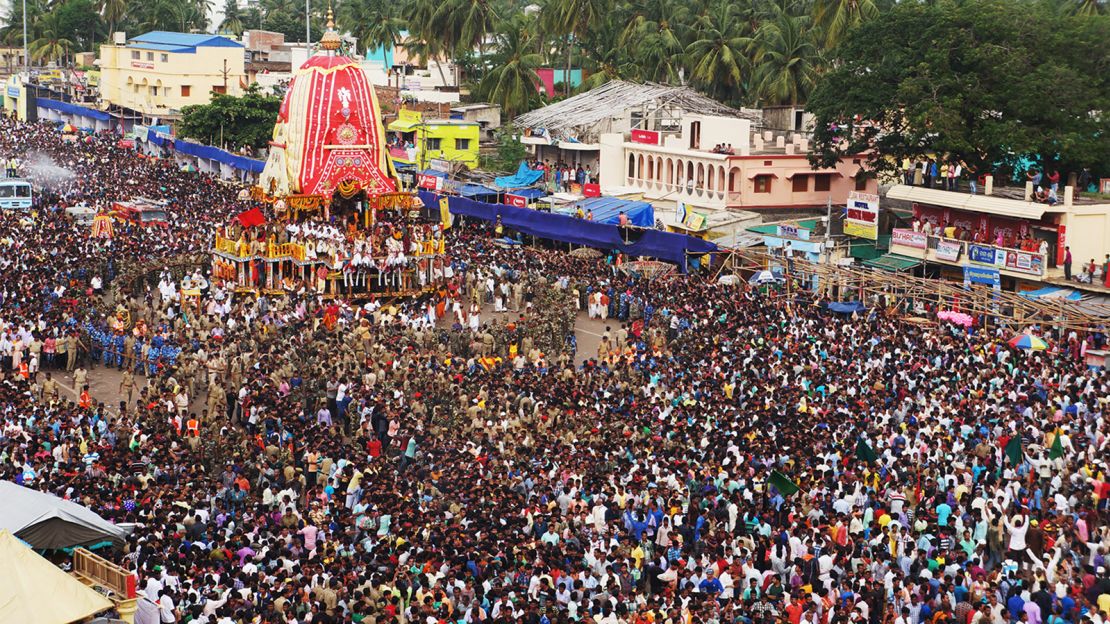
Kaleidoscopic and exuberant, the annual Rath Yatra, which takes place in June or July in the seaside town of Puri, is one of the world’s last great chariot festivals.
Up to a million pilgrims gather to pull three enormous 45-feet-high wooden carts, decorated in red and gold cloth and weighed down with hundreds of boisterous Brahmin priests.
The chariots contain Jagannath, lord of the universe, his brother Balabhadra and his sister Subhadra and they travel from the 12th-century Jagannath temple to the Gundicha temple where the deities spend a two-week holiday while the town celebrates, before being returned with similar fanfare to their residence.
From December 1-5, the Konark Dance Festival presents the best of Odissi dance, one of India’s main classical dance forms, along with other dance traditions both classical and folk from around the country.
With its purpose-built auditorium beside the beautifully lit temple, the festival is one of India’s most important performance events.
Where to stay
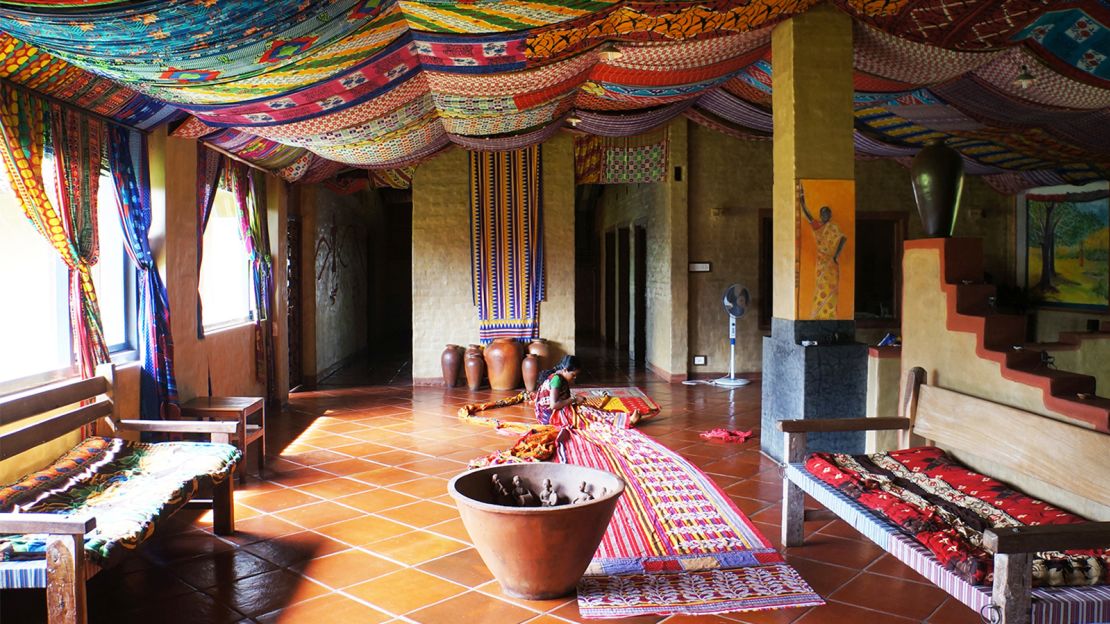
The Amulya Bhavan or Priceless Palace, a handsome mansion on Puri beach, was built by a Bengali Maharaja in 1902.
In 1980, the building became the somewhat otherworldly Z Hotel, offering just 12 rooms and a dormitory in a rambling garden populated by crows and monkeys.
The rooms are tiled in chessboard patterns, big enough to drive a bike around the four-poster mosquito-net draped beds.
With its whitewashed walls, wide stairways and curved windows, the Z Hotel provides a great respite from the crowded streets of Puri.
Meanwhile, six terracotta cottages await hardy travelers in Koraput District in Odisha’s deep south at Chandoori Sai, a delightful property situated in a quaint pottery village amidst rolling hills and fields.
The lodge’s common areas are exquisitely decorated with Gujarati saris, antiques and local crafts, while the spacious, cozy rooms provide a hint of luxury.
The illustrious Australian owner Leon Mahoney constructed the building with his neighbors using local building materials and YouTube tutorials. And he makes a damn good apple pie.
Z Hotel, Chakra Tirtha Rd, Badasirei, Puri, Odisha 752002, +91 675 222 2554, from Rs. 2,000 ($31)
Chandoori Sai, Kakiriguma, Odisha 765013, +91 944 334 2241, from Rs. 5,100 ($79), full board
Local food
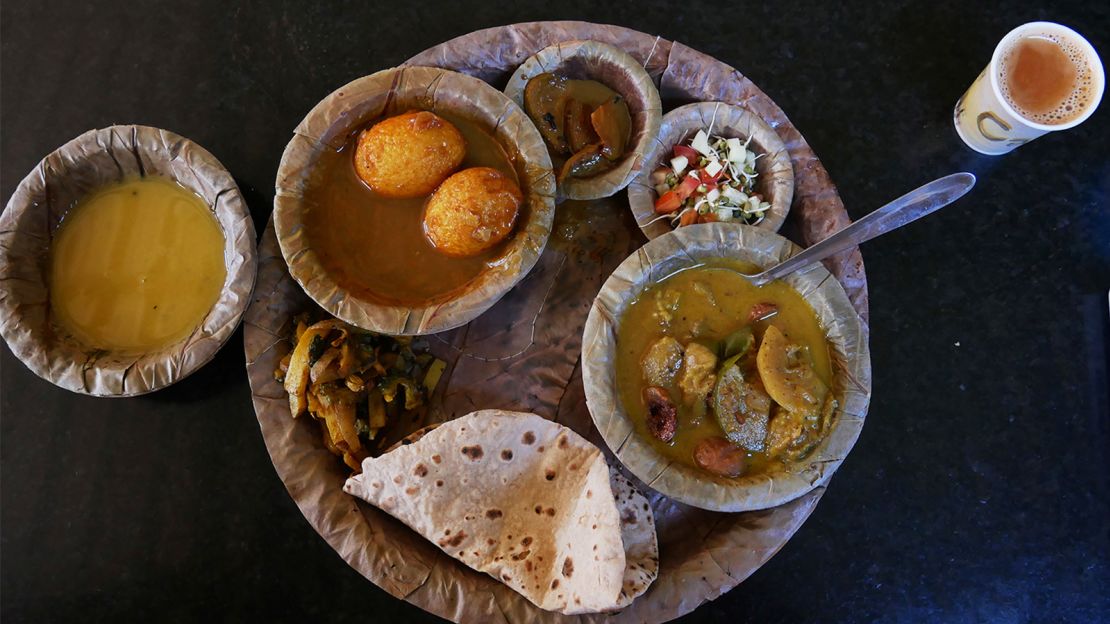
Distinct from north and south Indian cuisine, Odisha’s dishes rely very much on local vegetables and are mildly spiced.
The state is home to the largest variety of spinach on the subcontinent, which is used in countless meals, including excellent thalis.
“Generally the food in Odisha is less oily than in northern India and less sour than most southern dishes,” says Debabrata Tripathy, owner and chef of Dipu’s Kitchen, a fashionable thali house in Puri that Tripathy named after his mother.
Dipu’s Kitchen, Chakra Tirtha Road, Badasirei, Puri, Odisha 752002









